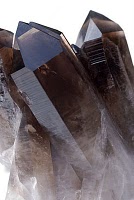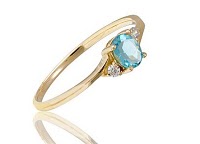APPEARANCE OF THE RUBY
The Ruby is the red variety of corundum, the second hardest natural mineral known to mankind. Although pure corundum is virtually colorless, the inclusion of trace amounts of chromium in it result in the Ruby’s red color. Other elements, such as iron will result in different colors, but all these varieties are referred to as sapphires. Only the red variety qualifies as Ruby.
Like other gemstones, Rubies are formed by intense heat and pressure beneath the Earth over millions of years. Interestingly enough, the chromium within the corundum tends to cause cracks within the crystalline structure. These cracks make it very difficult to find Rubies larger than about 3 carats. Consequently, larger Rubies, as well as those with minimal inclusions bring some of the highest prices paid of any gemstones in the world. Continue reading




